The designer's room: This kitchen in a Queen Anne-style home is proof that pretty and practical can go hand in hand
Hiding the conveniences of modern-day living lends a timeless feel to the kitchen of this 18th-century house.
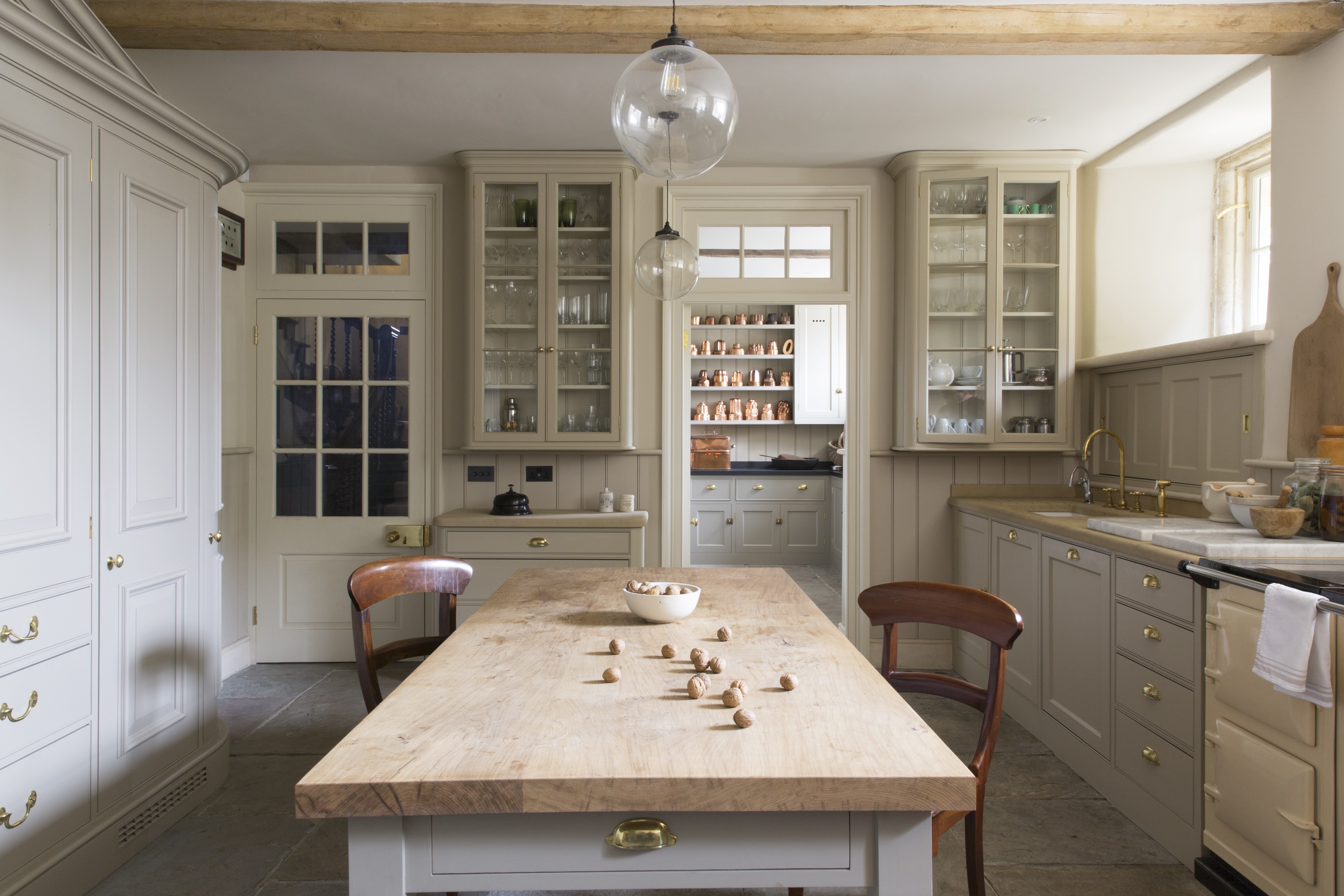

Furniture-maker and artist Tim Moss originally trained at the London School of Furniture, where he learned to make early musical instruments, including lutes, which gave him an interest in period crafts.
The owners got in touch with the designer as they were searching for someone who could design a very particular one-off kitchen for this Grade-II*-listed Queen Anne house. ‘This whole project was a collaborative effort between me and my clients, who were interested in the interiors and had clear ideas about what they wanted me to do.’
The aim was a kitchen that was beautifully made, practical to use and a little bit, as Tim says, ‘workery’ in its design. ‘This space had long been used by the household staff — behind the table is the original Tudor fireplace and my clients wanted to maintain the “downstairs” vibe,’ explains Tim. To the left is a housekeeper’s cupboard with elegant moulding details and a rounded end that houses the fridge and freezer. On either side of the AGA are two deep cupboards that sit below the window recesses, which allow cleaning products and condiments to be hidden away.
Despite being situated slightly below ground level, the room receives ample natural light. The muted palette of paint is from the Stone collection at Paper & Paint Library, a range of neutral shades inspired by natural stone, lending a calm and earthy feel to the space. A kitchen table with a solid-oak top and drawers for cutlery at either end was made in-house. Tall, elegant, glazed cupboards frame the doorway to the scullery, which is home to a collection of copper jelly moulds.
Exquisite houses, the beauty of Nature, and how to get the most from your life, straight to your inbox.
-
 The Budget: What do we need to fix a broken countryside, and what will we get?
The Budget: What do we need to fix a broken countryside, and what will we get?With the Autumn Budget looming, countryside and heritage organisations reveal what they are hoping to hear to fix the turmoil — and what they are dreading
-
 Climb every mountain in the Country Life Quiz of the Day, November 24, 2025
Climb every mountain in the Country Life Quiz of the Day, November 24, 2025It's all in today's Country Life quiz.
-
 Moths, memories and surviving the Russian Revolution: that knackered old rug is worth saving
Moths, memories and surviving the Russian Revolution: that knackered old rug is worth savingDon’t consign that faded and tatty rug you inherited to the skip, warns Catriona Gray. A specialist repairer can work miracles on even the most unloved pieces
-
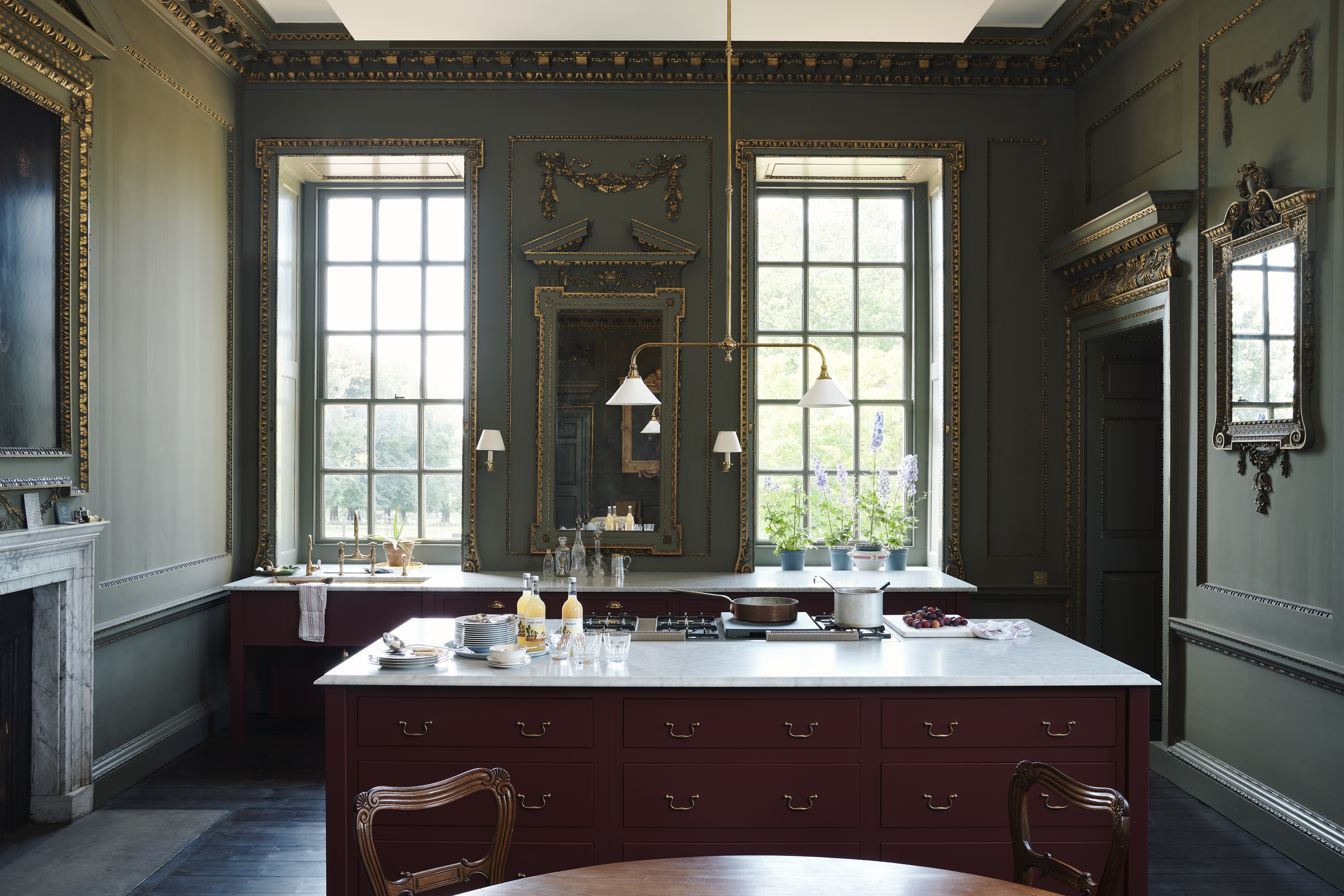 How one family went about creating a welcoming kitchen in one of England's neo-Palladian houses
How one family went about creating a welcoming kitchen in one of England's neo-Palladian houses‘We were nervous about creating a kitchen in such a grand room.'
-
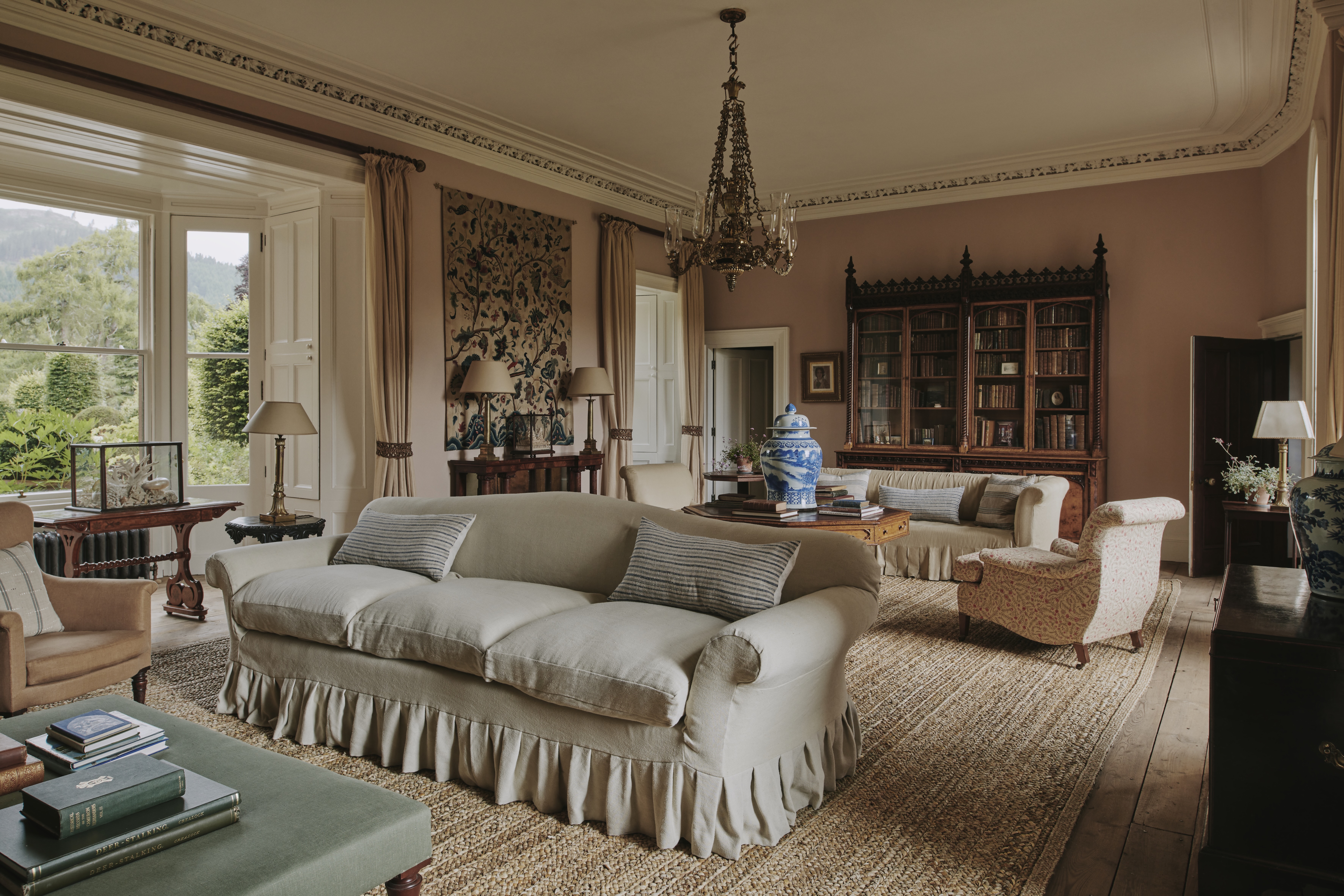 How do you make a 300-year-old Baronial castle fit for modern-day living?
How do you make a 300-year-old Baronial castle fit for modern-day living?A mix of sympathetic colours and elegant furniture has brought new life to this impressive space at Aldourie Castle.
-
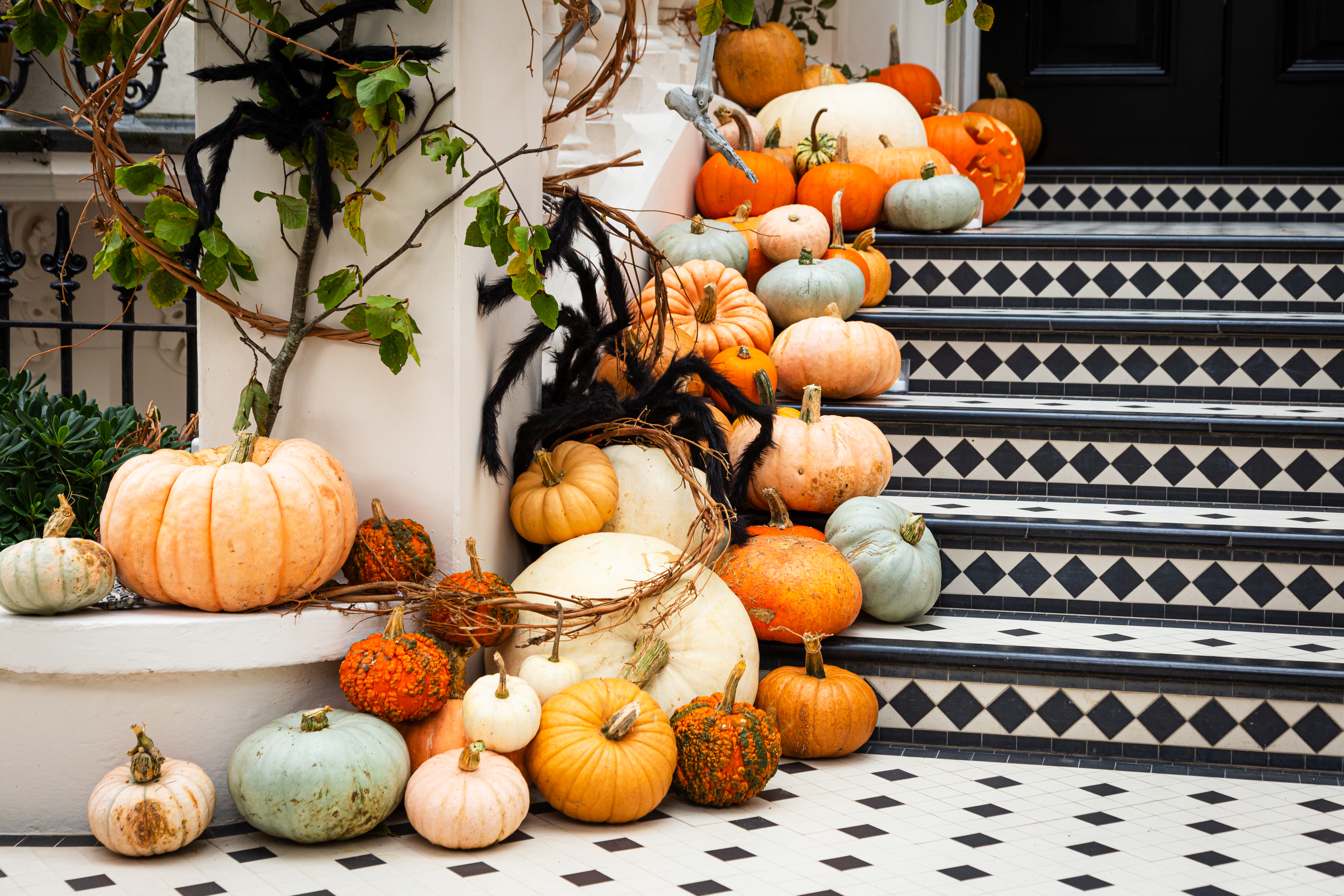 Oh, my gourd, it’s Hallowe’en: How best to decorate your home with pumpkins, squashes and more
Oh, my gourd, it’s Hallowe’en: How best to decorate your home with pumpkins, squashes and moreAs the feast of All Hallow’s Eve approaches, Debora Robertson advises how best to decorate your home with autumn's edible bounty.
-
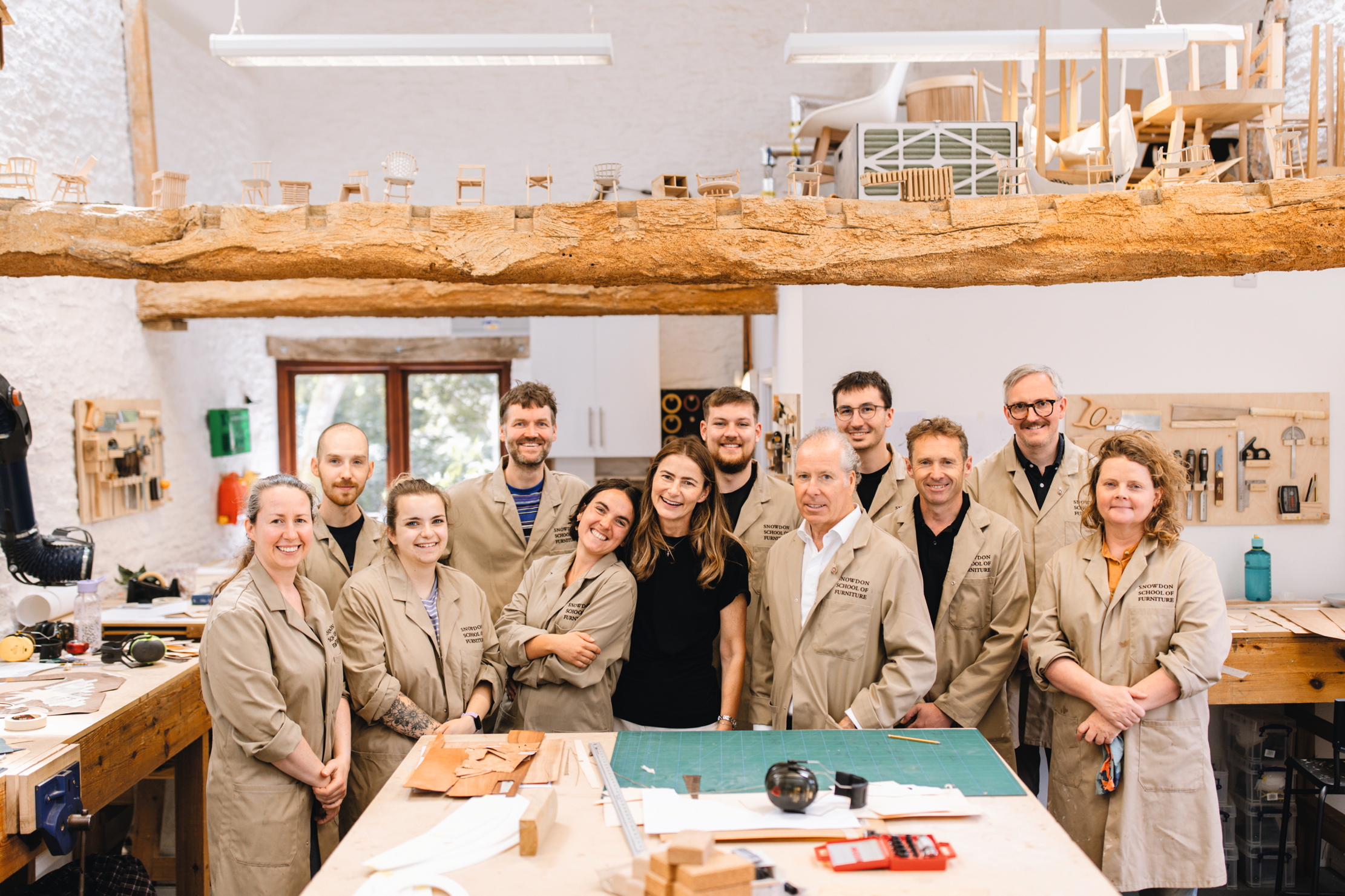 At the Snowdon Summer School, the future of design lies in the traditions of the past
At the Snowdon Summer School, the future of design lies in the traditions of the past'It was the first time that I had ever been around people who shared my interest in making furniture at such a high level — and who shared my passion for fine furniture.'
-
 It's a perfect storm for the revival of eclecticism, and we're in the middle of it
It's a perfect storm for the revival of eclecticism, and we're in the middle of itIn design, periods of purism are often followed by a dramatic new mood. Now, the scene is set for an exciting revival of eclecticism.
-
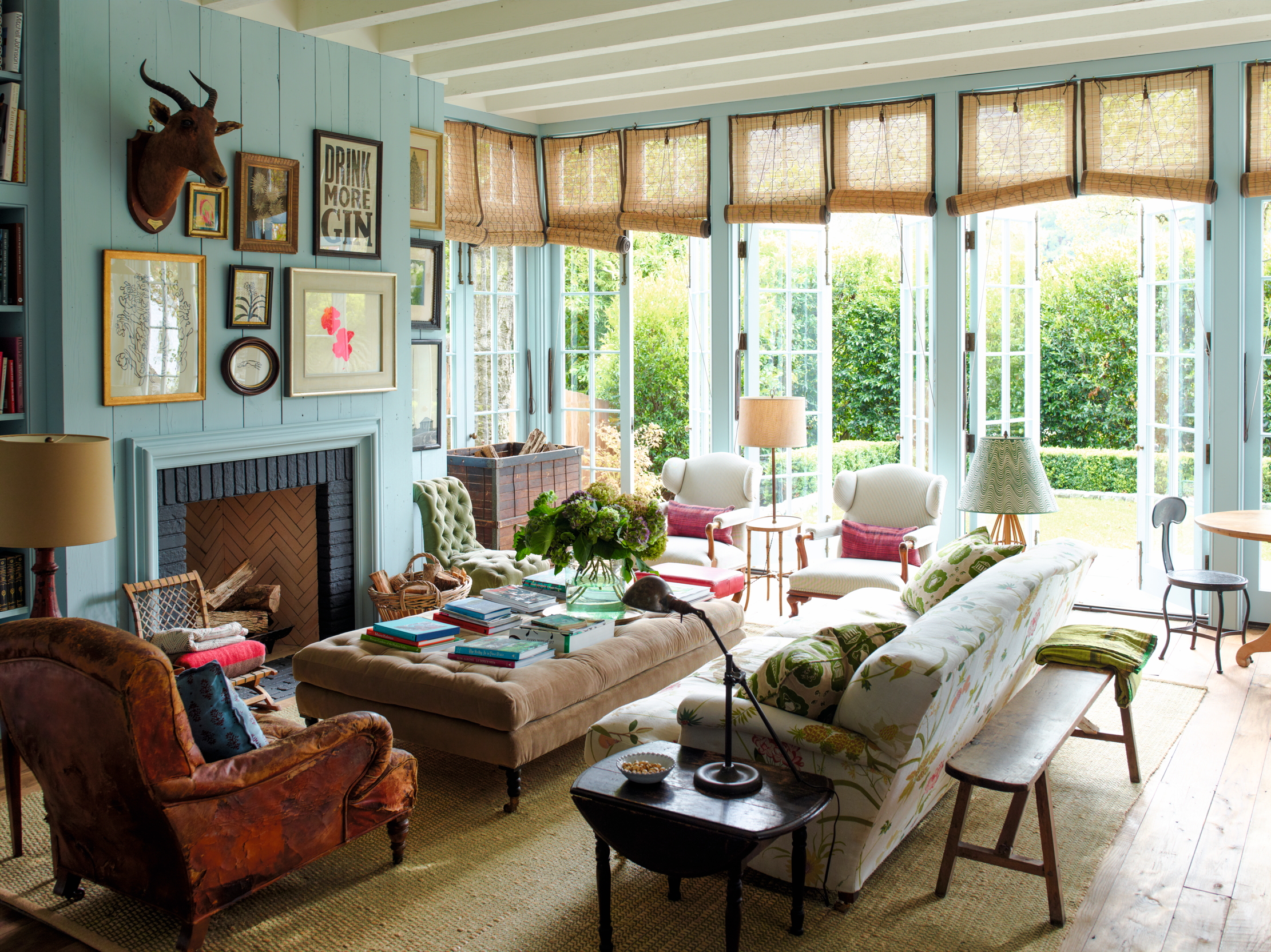 For Rita Konig, interior design isn’t only about coherence and comfort — it should be a celebration of stuff
For Rita Konig, interior design isn’t only about coherence and comfort — it should be a celebration of stuffGiles Kime charts the transatlantic career of the eclectic journalist-turned-designer.
-
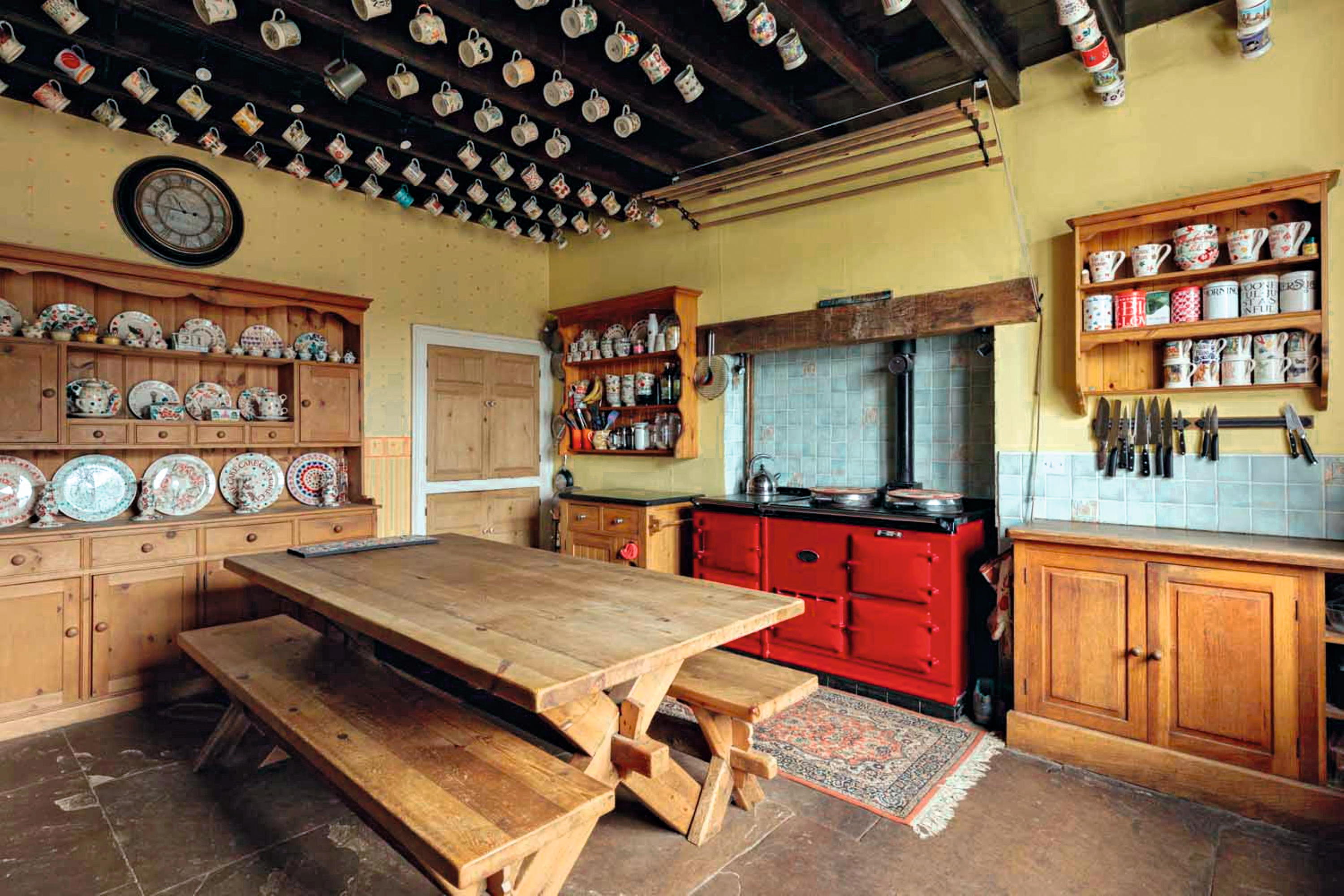 Farmhouse kitchens done right at these five beautiful country houses across Britain
Farmhouse kitchens done right at these five beautiful country houses across BritainA country house with a farmhouse kitchen is the archetype of the bucolic dream in Britain. Arabella Youens picks out five on the market right now that have wonderful examples.
